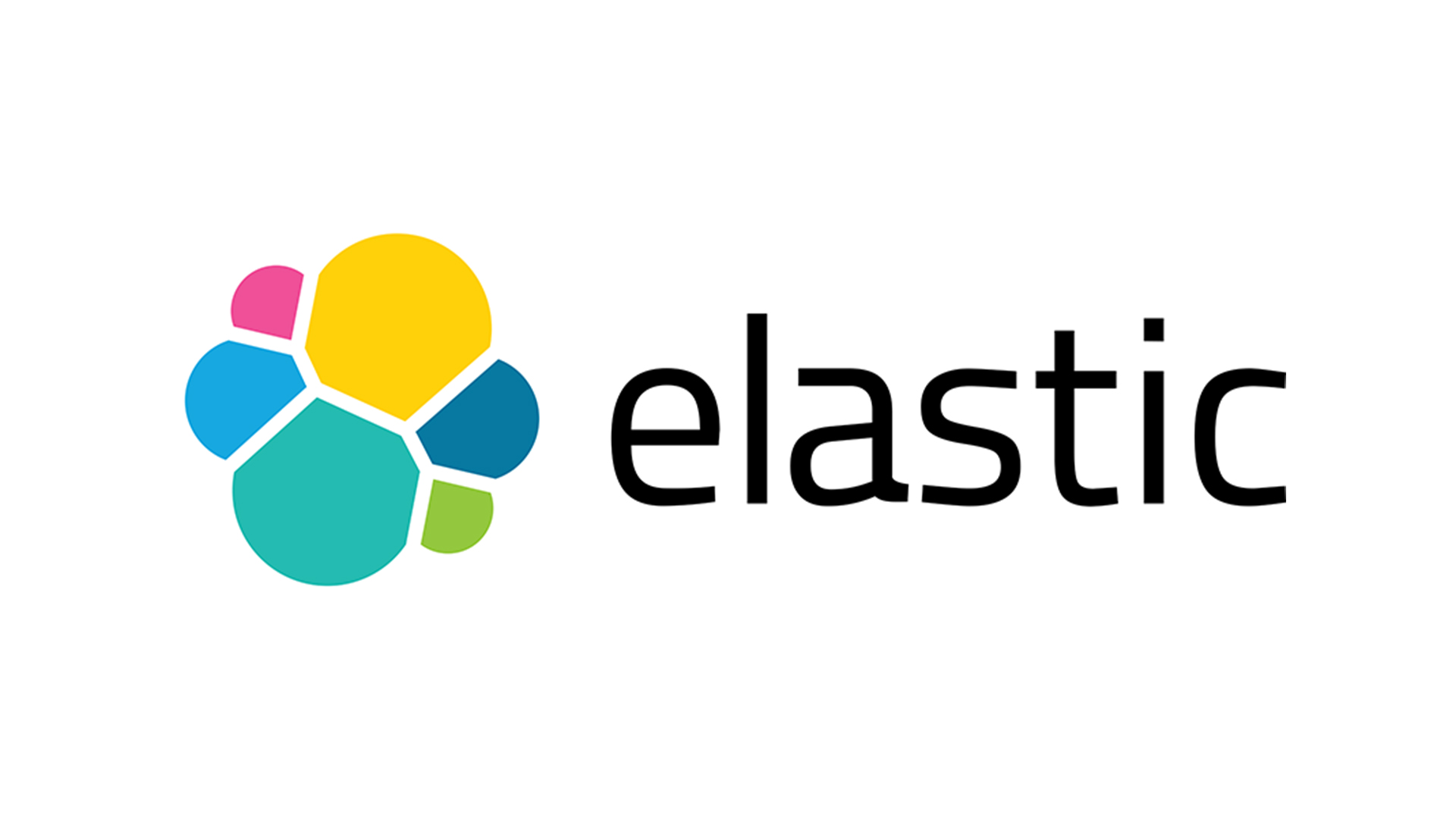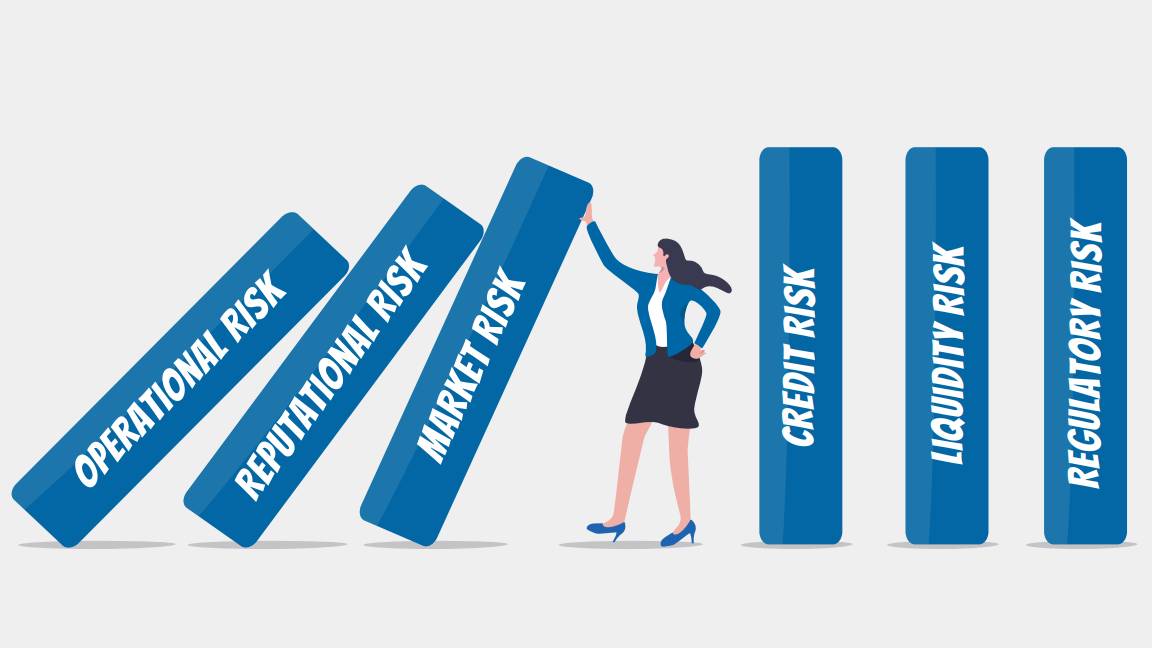Elastic returns to open source, but can it regain the community’s trust? Some industry players aren’t holding their breath
Elastic has announced the addition of the OSI-approved AGPL open source license for its Elasticsearch and Kibana products


AI search company Elastic has announced a return to its open source beginnings with the addition of a new license for its Elasticsearch and Kibana products.
Elastic has added the GNU affero general public license v3 (AGPL), an open source license approved by the Open Source Initiative (OSI).
AGPL will now be available as an option for users to license the free part of the Elasticsearch and Kibana source code that is available under the server side public license 1.0 (SSPL 1.0) and Elastic license 2.0 (EL v2).
The addition of AGPL will mean Elasticsearch and Kibana will be officially considered open source, allowing the Elastic community to use, modify, redistribute, and collaborate on Elastic’s source code.
“We’re delighted to reintroduce an OSI-approved open source license to Elasticsearch and Kibana. Elastic has always strongly believed in the ethos of open source and the clarity and transparency that it enables,” said Shay Banon, founder and CTO at Elastic.
Banon claimed adding AGPL will allow for more engagement and adoption from users, and boost the popularity of Elasticsearch as the runtime platform for retrieval augmented generation (RAG) and building generative AI applications.
Elastic stated that the introduction of AGPL as a license option will not impact existing users working with either SSPL or ELv2, and there will be no changes to Elastic’s binary distributions, nor for developers building applications using plugins on Elasticsearch or Kibana.
Get the ITPro daily newsletter
Sign up today and you will receive a free copy of our Future Focus 2025 report - the leading guidance on AI, cybersecurity and other IT challenges as per 700+ senior executives
Why Elastic’s decision is important
Speaking to ITPro, Amanda Brock, CEO at OpenUK, welcomed the announcement, noting a there have been a number of license changes away from open source in the previous month,
“Ending August, a month that has become associated with license changes away from open source, by welcoming Elastic back to the fold is great news. Shay Banon is a long term open source contributor, and Elastic’s move away from open source allegedly in response to strip mining really hurt the open source community,” she said.
“OpenUK and I am sure the entire open source community welcome Elastic’s inferred acknowledgement that SSPL is not an open source license and their return to a real open source license. It's pleasing to see this move in the right direction of travel, i.e. to open source.”
Brock expanded on why the open source community is invested in licenses actually meeting the true definition of open source. The lines are often blurred in this ecosystem, she noted, and so clarity and transparency is critical.
RELATED WHITEPAPER

“Why do we care so much about the license meeting the open source definition? This isn't out of nerdiness or desire to control. Only an open source license meeting the Open Source Definition guarantees the free flow of code we rely on at the heart of open source. This enables use and relicensing of the code with confidence,” she explained.
“The friction of requiring commercial payment, patent licenses etc - which cannot happen with a true open source license – interrupts that free flow and jeopardizes the ability to use and reuse code in the free flow of true open source.”
The debate over what constitutes ‘true’ open source has once again come to the fore due to the generative AI trend, Brock noted. A host of major industry players have positioned themselves as ‘open source’ AI providers, yet there are still restrictions placed on the use of models at times.
“This issue is the same issue at the heart of the meaning of open source in AI today – whether there is a restriction that interrupts the free flow. In AI as with the SPPL and Elastic, the free flow has generally been to require payment for commercialisation at some level, which the OSD does not allow for.”
Can Elastic regain the trust of the open source community
Peter Zaitsev, founder of open source database software company Percona, told ITPro the move may be a reaction to the recent success of competing offering OpenSearch.
“So Elastic has [had] a change of heart and is now once again available under an Open Source License - this time AGPLv3. Could it be a response to OpenSearch success and proof that forking works, at least to influence vendor behavior ?”
Zaitsev was not convinced that Elastic’s switch back toward open source licensing will be enough to rebuild community trust, suggesting the firm could easily turn its back on open source developers in the near-term.
“I wonder though, if community trust can be repaired as quickly? Can we count on Elastic to stick to open source this time, or is this license likely to be changed again in future to serve the need of the moment?” he speculated.
“The OpenSearch Permissive license – and what is even more important, the open governance model for the project – will continue to be a differentiator, though I think it will be even more important for the project to reassert independence from AWS.”

Solomon Klappholz is a former staff writer for ITPro and ChannelPro. He has experience writing about the technologies that facilitate industrial manufacturing, which led to him developing a particular interest in cybersecurity, IT regulation, industrial infrastructure applications, and machine learning.
-
 Why are many men in tech blind to the gender divide?
Why are many men in tech blind to the gender divide?In-depth From bias to better recognition, male allies in tech must challenge the status quo to advance gender equality
By Keri Allan
-
 BenQ PD3226G monitor review
BenQ PD3226G monitor reviewReviews This 32-inch monitor aims to provide the best of all possible worlds – 4K resolution, 144Hz refresh rate and pro-class color accuracy – and it mostly succeeds
By Sasha Muller